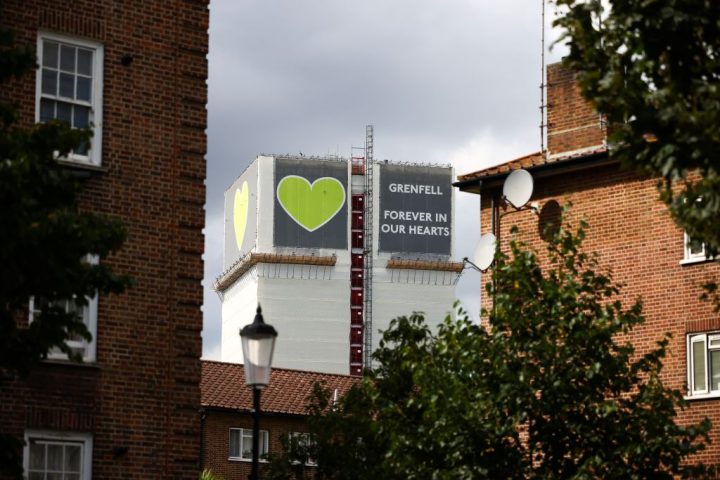There are very few people who emerge from the Grenfell Inquiry’s final report with much credit today. Certainly very few who had a formal responsibility to ensure that those living in Grenfell Tower were safe.
The local community stepped up in the aftermath of the disaster, but even then the institutions set up to ensure victims would be cared for failed them. Institutions including local and central government failed to act on warnings which could have prevented the fire from spreading, meaning the 72 people who lost their lives could still have been with us today. It wasn’t just institutions though, of course: it was construction firms, the architects and the cladding manufacturers, many of whom, Sir Martin Moore-Bick’s damning report finds, took part in a ‘culture of dishonesty’.
The report charts a ‘path to disaster’
In short, politicians and companies either knew they were putting people at risk, or chose not to find out whether they were. The report charts a ‘path to disaster’ with multiple opportunities to prevent the fire ever spreading in the way it did, and those living in the tower from dying.
The report found that the government had repeated opportunities to address fire safety risks and by 2016 was ‘well aware of those risks but failed to act on what it knew’. The 1,700 page report also says the Department for Communities and Local Government was ‘poorly run’ and ‘displayed a complacent and at times defensive attitude to matters of fire safety’. The local council, the Royal Borough of Kensington and Chelsea, and its tenant management organisation (TMO) had a ‘persistent indifference to fire safety, particularly the safety of vulnerable people’. The TMO’s relationship with its own residents was characterised by ‘distrust, dislike, personal antagonism and anger’.
By far the biggest contributor to the fire was the Reynobond 55 cladding, manufactured by Arconic, which the report found had deliberately covered up the danger of its product. Manufacturers engaged in ‘deliberate and sustained strategies to manipulate the testing processes, misrepresent data and mislead the market’. But the architects, Studio E, who were engaged by the council despite not having experience of cladding high rises, bear a ‘very significant degree of responsibility for the disaster’ because they failed to recognise that the cladding and insulation were combustible.
The report has apportioned responsibility and blame directly, while observing that everyone involved managed to find someone else to blame instead. It includes a recommendation for a single construction safety regulator who must be overseen by a single Secretary of State. The official fire safety guidance must be revised and there should be a fire safety plan produced when a building is being refurbished.
Keir Starmer has just given a statement on the inquiry’s findings and said that the government will respond in full to the recommendations within six months. The Prime Minister also needs to outline when the government will make any changes – and how: there is one more potential Grenfell failure, which is that the inquiry doesn’t lead to the change that is actually necessary. This is a common failing of public inquiries, with victims having to continually pursue institutions to effect changes – even ones they were in favour of – for years.








Comments